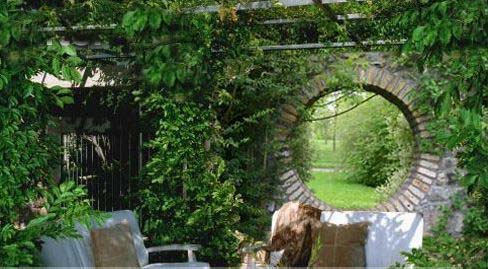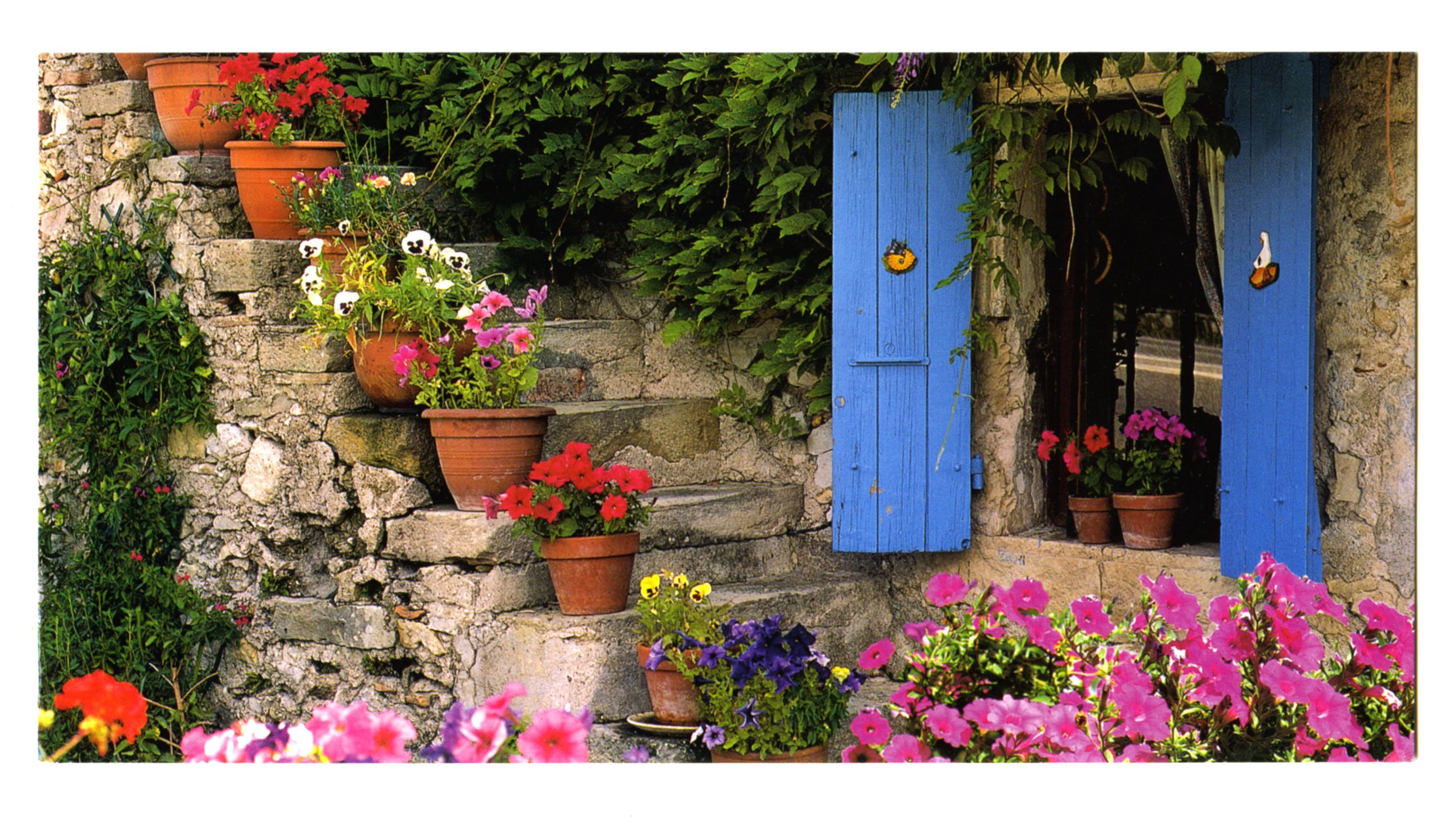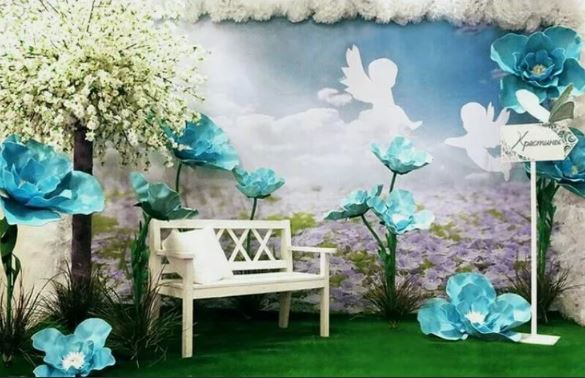Types of nets for your fence
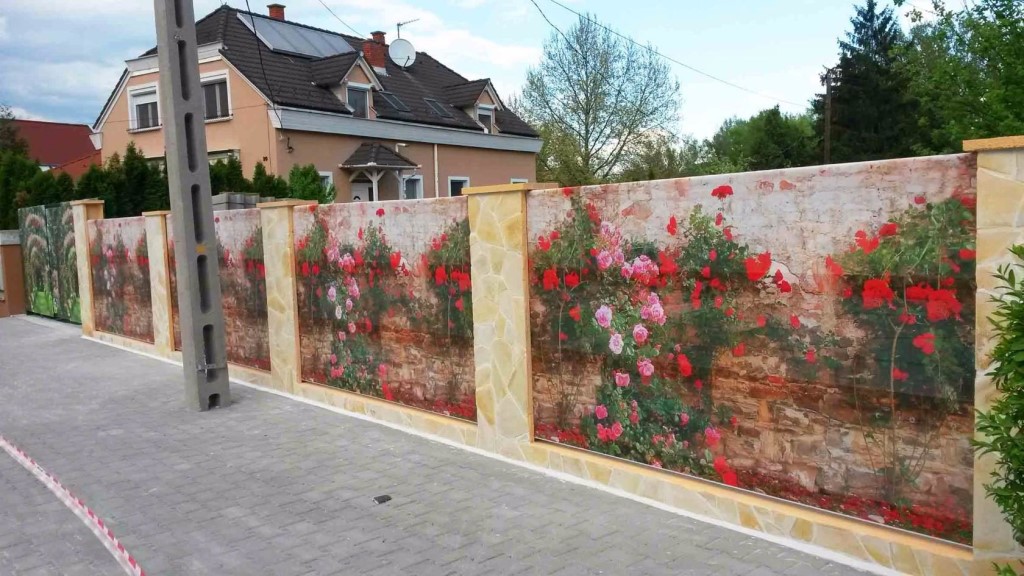
Types of nets for country fence
Fencing - this is both an indicator of the wealth of the owner, and the “costume” of the site, because it is by its appearance that those passing and passing will judge the owner.

Owners love fences. The fencing of a plot of land clearly and unequivocally demonstrates the surrounding private ownership. Owners need fences, because not everyone adheres to the rule: treat others as you would like them to treat you.
Fencing is both an indicator of the wealth of the owner and the “costume” of the site, because it is by its appearance that those passing and passing will judge the owner. But spending all your savings on border registration is also wrong. Therefore, we continue the topic we have started on the cost of fences of various designs and materials.

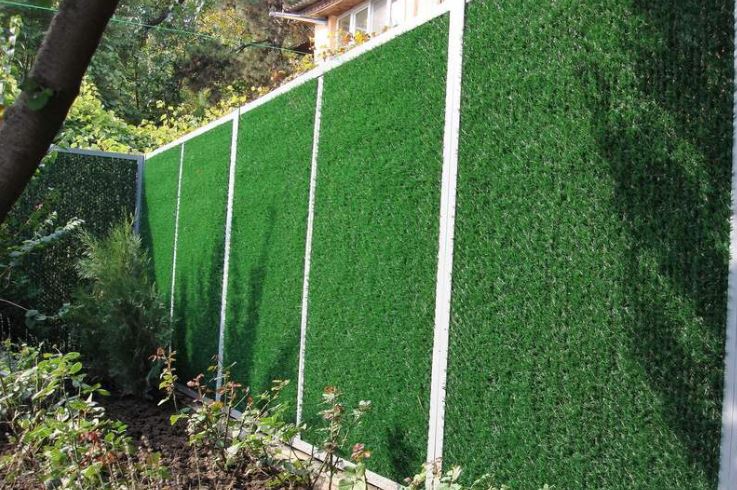
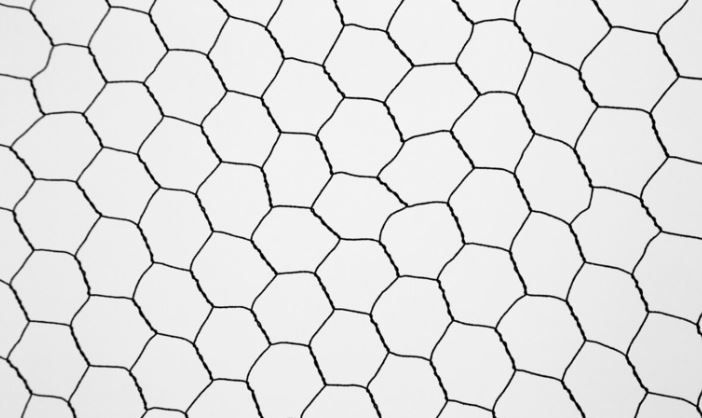
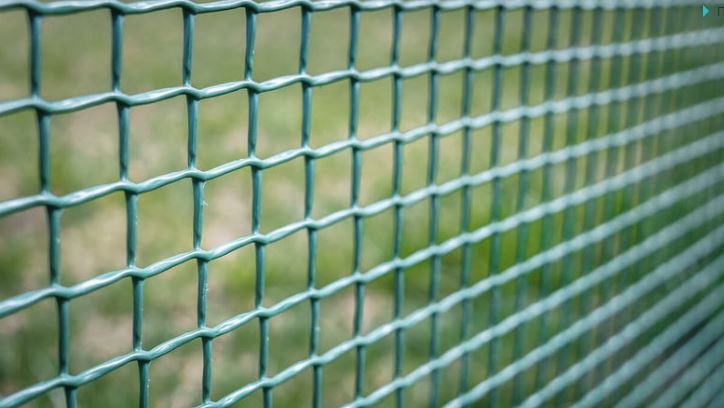
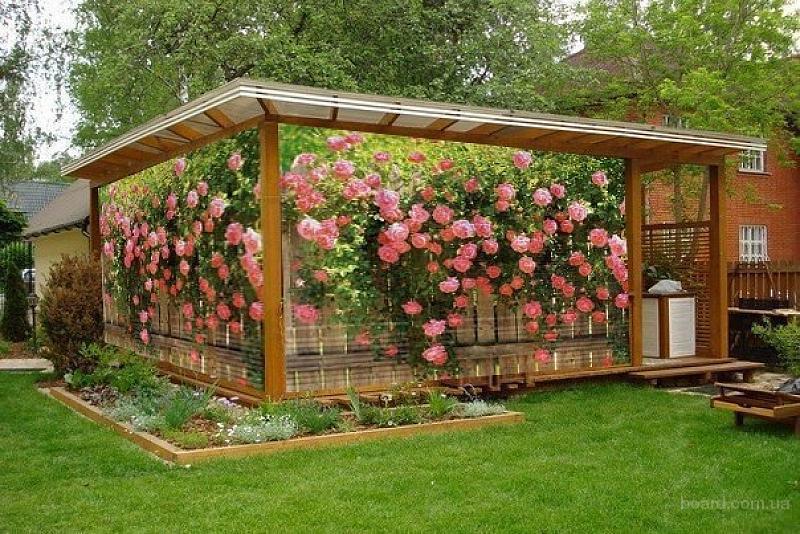
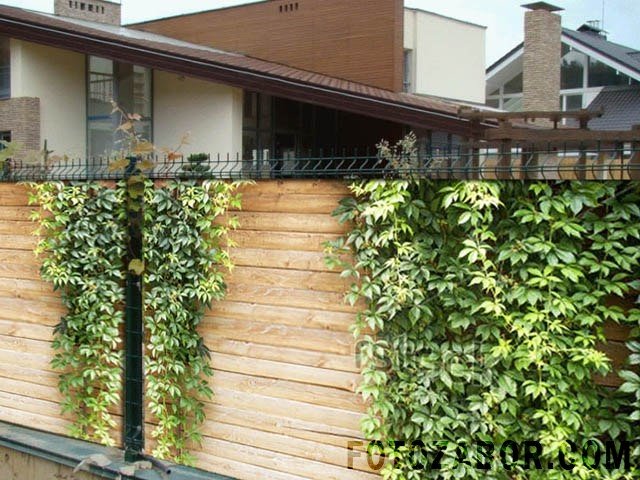
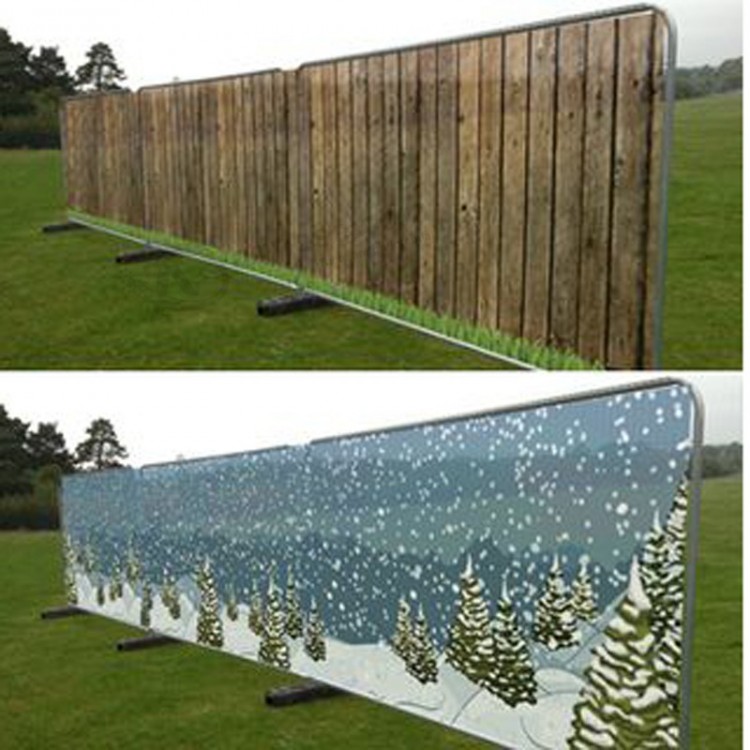
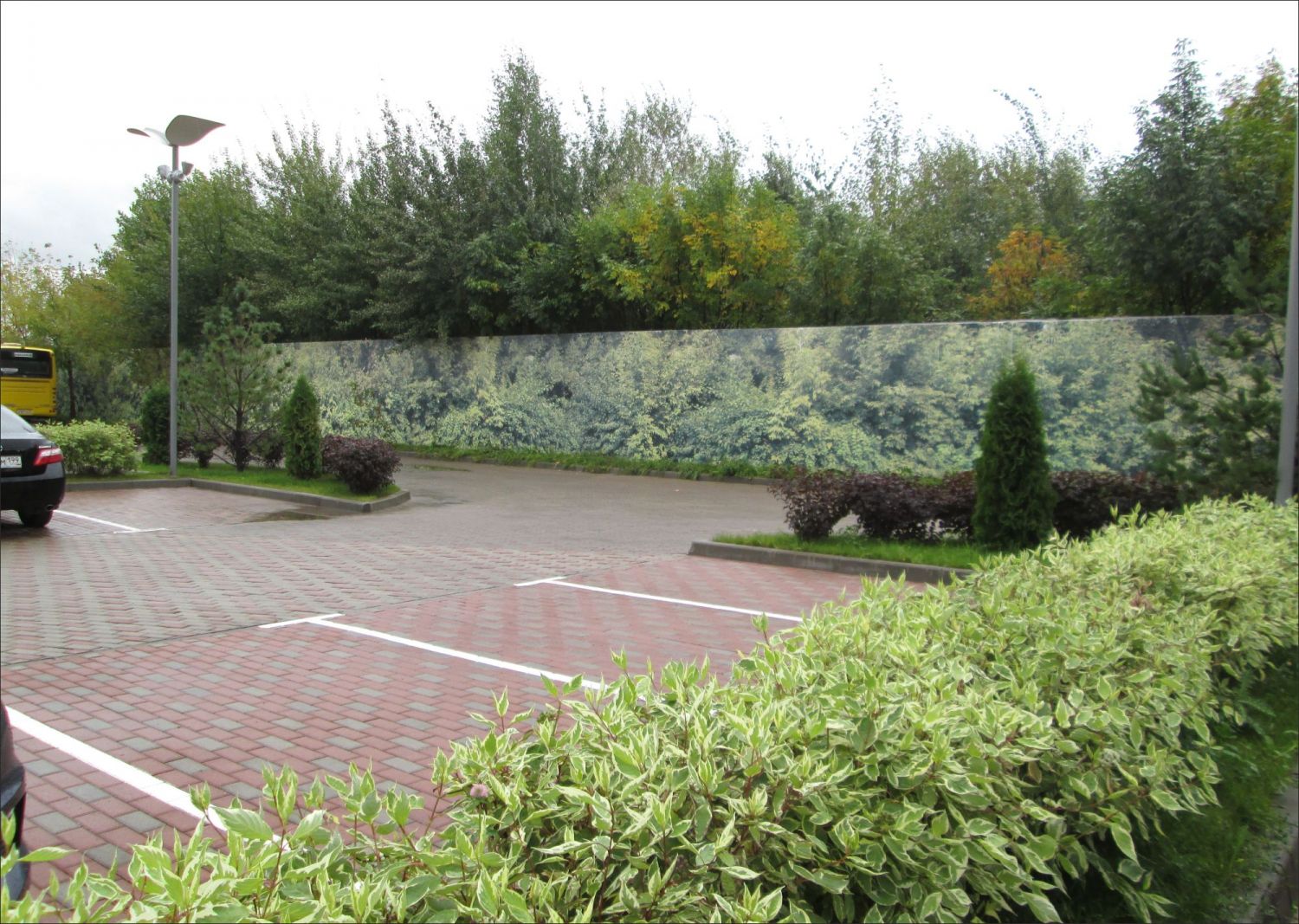
Metal mesh
Grid - simple, effective and in most cases, perhaps the most inexpensive way to mark the border. Sometimes it is the only solution to arrange the separation of adjacent areas. After all, according to the existing rules, plots in gardening may have deaf fence only from the street or driveway, and between neighbors regulating documents prescribe the construction of light-transmitting fences.
Mesh- netting
As the material for fencing the most common, popular and recognizable mesh-chain-link. It is a sheet of flat spirals screwed into each other.
This feature allows you to build a fence without visible seam to infinite length. They say that Karl Rabitz invented the machine for weaving it, and that the original purpose of such a grid was not building fences, but reinforcement during plastering. Indeed, the mesh netting has a spatial structure, therefore it is much more efficient for these purposes than flat plaster meshes.
The mesh produced varies in mesh size, wire thickness, and roll width. The most common size is 1.5 m, but you can buy a canvas and four-meter width.
The netting net is usually weaved from steel wire, but lovers of the exotic can look for aluminum or stainless steel. To protect against corrosion, the wire is coated with zinc or polymer.
The easiest way to build a fence from such a grid is to stretch it between the pillars. It is worth considering that when installing the canvas, it is necessary to tension well, therefore it is necessary to ensure sufficient strength and stability of the pillars. In addition, over time, the metal mesh sags under its own weight.
Another way is to make separate sections in a rigid metal frame. Such a fence will look more solid, but the cost will increase.
The easiest option from an inexpensive grid will cost you from 900 rubles per meter with installation. You can save and install fencing yourself. A ten-meter roll of budget grid 1.5 m high will cost about 600 rubles.
In the extreme case, if you have a lot of wire and have free time and desire, the netting net can be woven independently on a small handicraft machine. True, I can not say that it will be the cheapest option. When calculating the cost of the finished fence do not forget to take into account the cost of the pillars.
In addition to the usual chain-link, there are other types of metal nets of wire, differing in the method of manufacture, and therefore, the appearance and technical characteristics. Well, the price, of course. You can find the following options: hexagon twisted Manyier mesh, woven, team of deformed wire, TsPVS (all-metal expanded metal mesh), hinged (other names "farmer", "forest", "Cossack", "chabanka").
Welded mesh
Welded grids are structures in which the individual rods are rigidly interconnected by welding. The absence of deformation is a distinctive feature of a welded product from others. Most often for the manufacture of fences proposed mesh 3 D Gitter ( Gitter ).
The thickness of the rods and the design itself make such fences sufficiently durable, but at the same time transparent, which is important for connoisseurs of open space. Another welded variety, often used in the construction of fences, the so-called lepse-lux is a flat mesh, having a bend of rods in one direction.
Fencing from welded meshes is more expensive than the usual chain-link. So, 1 m of the fence from the Gitter grid "turnkey" (with the cost of the pillars and installation work) will cost approximately 1,700 rubles.
Non-metallic nets
In addition to metal, the industry produces wire mesh made of PVC and other plastics. Often this is not only not the worst choice in comparison with the metal, but also more efficient. By weight, they are much lighter and do not corrode. Also modern plastic products have enviable durability.
Often, plastic grids imitate their metal counterparts with their appearance, for example, netting or welded structures. But you can find unusual options and not only green. The cost of plastic nets depends on the size, thickness and comparable to metal.
In addition to the fence, the scope of application of plastic nets because of their species diversity is huge: you can fence plot , to distinguish between zones in the garden and garden, used as supports for climbers. You can get acquainted with the cost of such grids in our market, section Fences and fences for summer cottage.
In addition to the proposed special fence solutions, those nets that were originally invented for other purposes can also be used as a fence.
Facade mesh
As a material for fencing, a front mesh, a polypropylene mesh sheet for sheltering scaffolding, may be well suited. It has indisputable advantages, giving reason not to pay attention to the not too elegant appearance:
- low cost. This is especially true when it comes to enclosing large areas. Cost of 1 m² of linen about 3 0 euro .
- the ability to make high fencing. The width of the roll of such a grid can be up to 6 m.
- ease. For its installation will not require powerful pillars.
On sale you can find the front grid of different colors and density. Take a look at our market, there are many products of this category for a different taste and wallet.
Also pay attention to the camouflage nets - similar to those used by the military. By the way, it’s not at all necessary that your fence of such material will cause passers-by associations that you park a tank or a helicopter in your garden.
True, camouflage nets are much more expensive than construction - from 30 euro per 1 m². But it has the same plus - low weight.
Banner mesh
Another not quite traditional variety of materials for the device of fences - the grid used for promotional purposes - banner. Posters are printed on it and used, for example, for making stretch marks across the street. In contrast to the continuous banner canvas, mounted on billboards, advertising extensions make blown so that they do not break when strong gusts of wind.
But the possibilities of modern photo printing will allow you to order a grid for fencing with any pattern: from the real landscape of your area to fantastic landscapes.
The materials used for the manufacture of fences are quite diverse, on the construction markets they are presented in various price categories. You can choose them, focusing on the appearance and value. In the following material we will continue to consider materials for the device of fences. published by canprintall . com If you have any questions on this topic, ask them to the experts and readers of our project. here .
P. S. And remember, just by changing our consumption - we are changing the world together! © CanPrintAll



